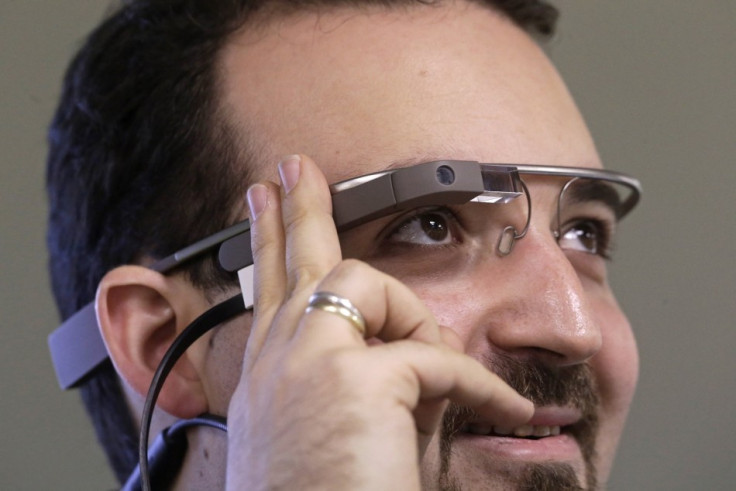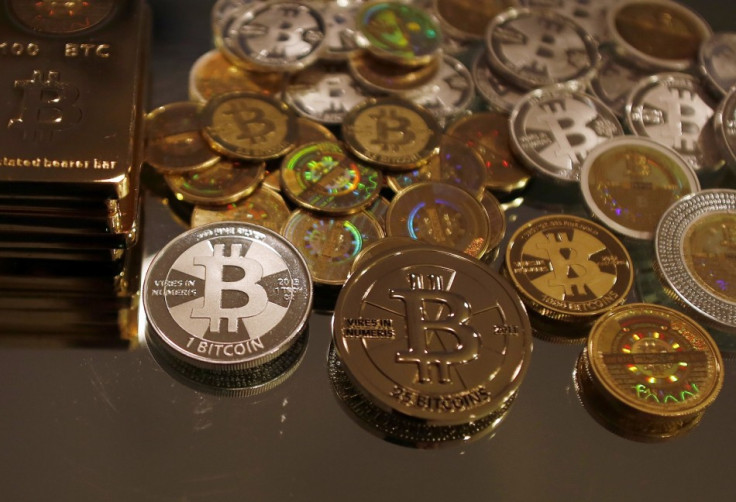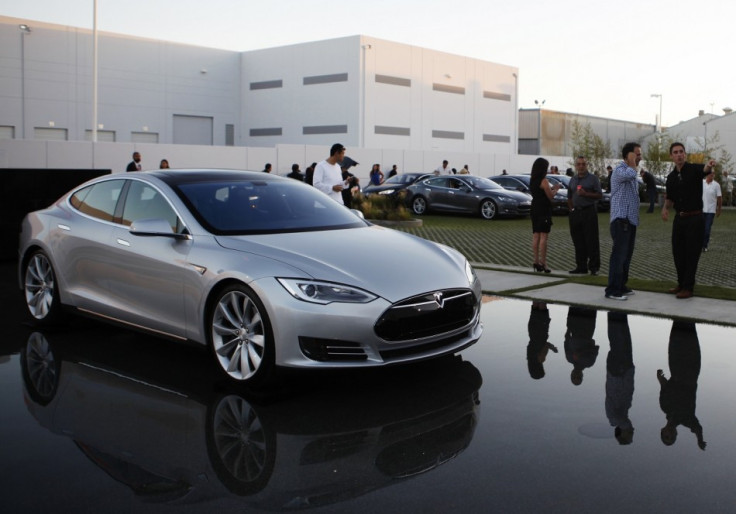Top Five Technology Innovations of 2013
2013 will be remembered as the year existing technology took huge, game-changing leaps forward. It wasn't a year where new technology was created from scratch, but one in which concepts we already knew and understood leapt from the shadows and into the spotlight.
It was a year technologies previously seen as geeky and niche became mainstream and desired by the masses.

Perhaps the gadget to define 2013, Google Glass not only showed the world how smart, desirable and potentially life-changing technology can be, but also how its continued development can polarise opinion.
On one side the technology fans were led, for better or for worse, by Robert Scoble - he who took a photo of himself wearing Glass in the shower. They adored Glass' science fiction-made-real ability to beam a head-up display into the wearer's eye; they praised Google for thinking way outside of the box while its rivals held back, and they would probably be queueing up now - if only they knew where or when Glass will even go on sale.
And on the other side, there are the critics - those who see Glass as an invasion of privacy, a dangerous distraction for drivers, and another unwanted step away from reality. But isn't that the very point of technology and innovation - to push the boundaries of what's possible and see what happens?
Only available to 'Explorers' and developers for now, Google is expected to make a retail version for everyone sometime next year - it'll be cheaper than the current model, but whether it'll be a success remains to be seen.
3D Printing

Dating back to the 1980s, it's somewhat unfortunate that it took the production of a gun to propel 3D printing into the media spotlight - but thankfully there's much more to this technology than the ability to make a deadly weapon in your living room.
Hailed by some as the second industrial revolution, the potential for 3D printing is simply massive; rather than ship replacement parts from factories to where they are needed, manufacturers can, in theory, print one off and use it on-site.
The year saw commercial 3D printers go on sale in high street stores for less than £700, and while what they can produce is still primitive, the potential is there.
Just as how early home computers were expensive, basic and complicated to use, 3D printers require deep pockets, the brain of an engineer and a thorough understanding of computer-aided design software to make them work, but give it ten years and we could well look back on 2013 as the year the future of manufacturing was realised.
Bitcoin

Just as 2013 saw the dawn of a new age of manufacturing, it also saw the mysterious world of the crypto-currency thrust into the media spotlight. Bitcoin has existed since 2009, but remained a niche, almost worthless digital currency until its value rocketed from less than a dollar to more than $260, before falling to $100 and climbing again to $1,200 - all in eight months.
The second surge is still happening and its effect is profound; in mid-December US bitcoin wallet company CoinBase received $25 million in funding from investors who have previously backed Instagram, Twitter and Skype. This, and claims by the Winklevoss twins - those of Facebook fame - that bitcoin is Gold 2.0 and should be worth far more than its current $1,000 price, has got the attention of the US Senate, governments and financial watchdogs the world over.
Acceptance by a growing range of retailers, pubs and even Richard Branson's Virgin Galactic propelled bitcoin and its cheaper sibling litecoin into the public conscience, but doubts over legality and anonymity among users may hold it back going into 2014.
Touch ID

Another technology that has been with us for years but never had its big break in the consumer market, Apple's Touch ID fingerprint sensor on the iPhone 5s lets users unlock the device and pay for iTunes content without entering their password or PIN.
Fingerprint scanners have appeared in consumer tech before - Dell laptops featured them years ago - but if there's a company and a product that can make biometric security mainstream, it's Apple and the iPhone.
In a year that saw cyber security dragged to the attention of internet users the world over - users who all too often choose '123456' as their password - Apple's assault on alternatives to traditional digital security may have come at just the right time.
The company will need to allow developers access to the technology for it to go mainstream, and Apple will have to tread very carefully to prevent malicious developers exploiting it, but Touch ID could be looked back upon as the first major step away from the conventional password.
Electric Car

Finally, another technology that has lived below the radar for years, before finally emerging as a practical reality in 2013. The electric car was always seen as an expensive and flawed alternative to internal combustion, but in its tenth year Tesla seems to have cracked it with the Model S.
Priced to compete in the luxury saloon market with rivals from BMW, Mercedes, Jaguar and Audi, the Model S kicked petrolheads' preconceptions of electric cars to the kerb with a range of almost 300 miles, performance and refinement to match the esteemed competition, and a free charging network covering much of North America's most-used highways.
The brand was no doubt helped by its owner's other exploits this year. Billionaire entrepreneur Elon Musk not only made the electric car a reality in 2013 - he continued to make major progress with his SpaceX rocket-making company, published designs for an 800mph train called Hyperloop, and bought Jame Bond's amphibious Lotus with an aim of making its claims of working as both car and submarine a reality.
2013 may not have been a year when new technology was created, but it was a year which saw technology leap from the pages of science fiction and into our everyday lives.
Giant leaps like the telephone, television, computer and internet could well be behind us, but these five examples prove the desire to refine what we already have will never cease.
© Copyright IBTimes 2025. All rights reserved.






















